Chance Encounter Line is a rogue website that aims to hijack your browser and spam it with obstructive pop-ups that are designed to scam you. The scam popups try to impersonate reputable companies, such as XFinity and Rogers in order to trick the user into clicking it.
Needless to say, if you notice any such popups on your device, you must close them and leave the site that’s showing them. The problem is that they will often show up even when your browser is closed, in which case you’ll need to do some cleaning up.
As we said, Chanceencounterline is a hijacker site. It’s similar to boyu.com.tr, maxask.com, and other rogue sites, so if it’s constantly spamming you even when you aren’t using your browser, it means it has already established a foothold in your system and you must do something about it.
How to Remove ChanceEncounterLine From Your PC or Phone
This hijacker site can be encountered on both Windows PCs and mobile devices. It’s generally easier to deal with it on your phone or tablet, so we’ll first give you quick instructions on how to do that. And if you are struggling with this hijacker on your PC, then check out the detailed guide further down this page.
SUMMARY:
| Name | Chance Encounter Line |
| Type | Browser Hijacker |
| Detection Tool |
Some threats reinstall themselves if you don’t delete their core files. We recommend downloading SpyHunter to remove harmful programs for you. This may save you hours and ensure you don’t harm your system by deleting the wrong files. |
Chanceencounterline.click Removal Instructions For Android
If you notice these popups on your Android device, it’s probably not because of malware but because you’ve accidentally allowed the hijacker site to spam you with notifications. This is very easy to fix:
- Go to the affected browser (it’s normally Chrome).
- Tap the three dots to open its main menu.
- Open Settings > Notifications and toggle off the Show Notifications button.
- Go back to the main Settings page, open Site Settings.
- Set the Notifications option to Ask First and the Pop-ups and Redirects option to Blocked.
That should be enough to stop the Chance Encounter Line popups.
How to Stop the Chance Encounter Line Popups on iPhone
With iPhone, it’s even easier to stop the Chance Encounter Line notifications. Here’s how to do it:
- Go to the Chrome app, touch the three dots, and select Settings.
- Scroll down, find Content Settings, and tap it.
- Open Block Pop-ups and then toggle on the setting. This will block any unwanted notifications in Chrome.
- If your problem is with Safari, open the Settings app of your iPhone.
- Scroll down until you find the Safari setting and tap it.
- Then toggle on the Block Pop-ups option. That’s it – the Chanceencounterline popups should no longer appear in Safari.
How to Get Rid of chanceencounterline.click on Your PC
Now it’s time to help the PC users out there to deal with this annoyance. Here, the process tends to be quite lengthier, because the hijacker can entrench itself deeper into the system. However, it’s also possible that you get lucky and are able to remove it in a couple of easy steps. If you want to give the quick steps a try, click the button below to reveal them.
Quick Chance Encounter Line Removal Steps
- Open the affected browser, click its menu, and go to Settings.
- Click on Privacy and Security and go to Site Setting > Notifications.
- Look for the Chance Encounter Line.click site and if you see it in the Allow section, click the three dots next to it and then click Block.
If you tried the quick steps but they didn’t work, don’t worry. This is to be expected and we know just the way to tackle all persistence mechanisms that Chanceencounterline uses in order to remain in control of your browser.
Just follow the detailed steps below exactly as they are shown and you should have no problem removing the hijacker.
Delete Chance Encounter Line Virus Policies
Encountering the “Managed by your organization” message in the browser? This usually means the hijacker has installed policies to block your access. These policies lock down the browser’s settings. It’s sneaky, but there’s a way around it.
In Chrome, type “chrome://policy” into the address bar and press Enter to open the policy management page.
If you’re using a different Chromium-based browser, adjust the browser name in the URL accordingly.
You’re looking for policy values that look like random strings of letters. Once found, copy them into a text file. Keep them handy for later steps.
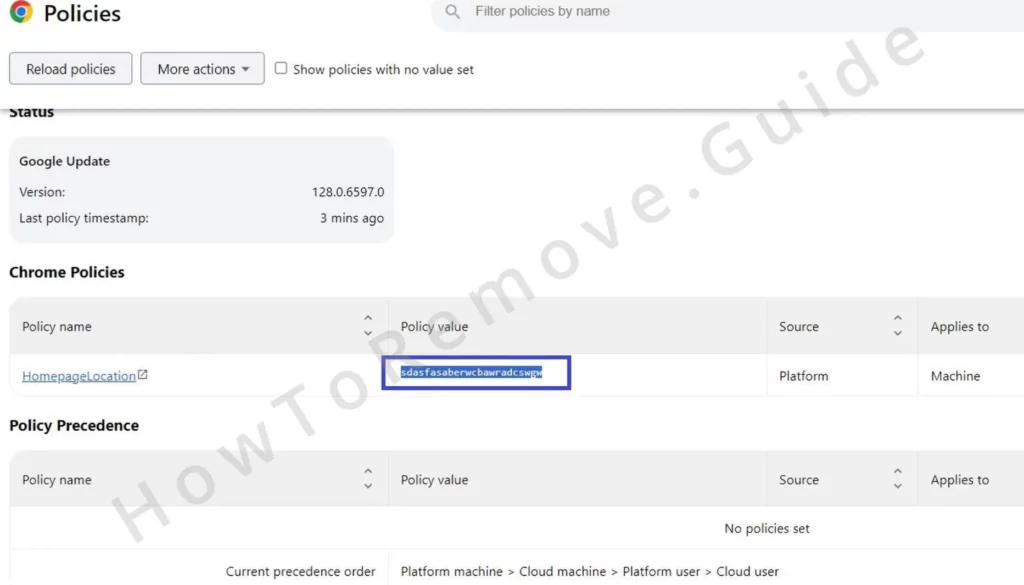
Now, head to the Extensions Manager (accessible through the browser’s menu).
If the hijacker tries to redirect you or block your access, go to the extension folders directly through your system.
For Chrome, the path is C:\Users[Your Username]\AppData\Local\Google\Chrome\User Data\Default\Extensions.
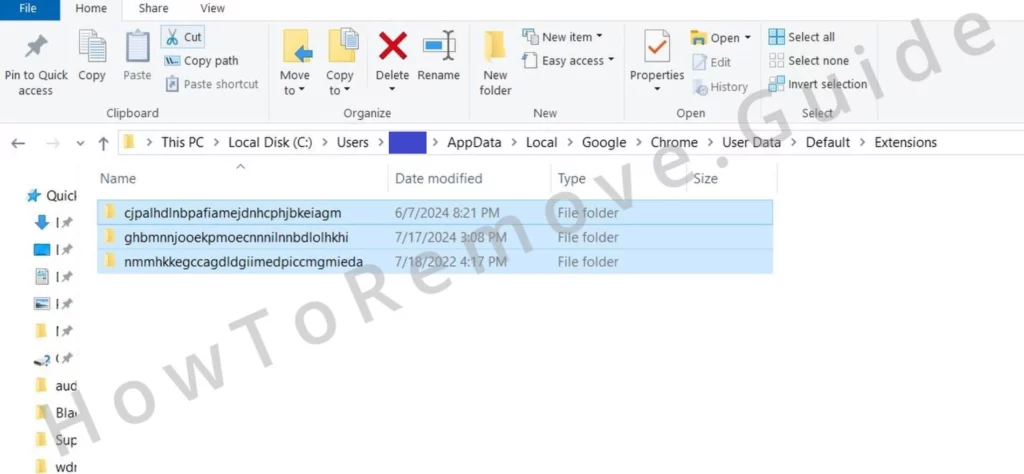
Deleting every folder there disables all extensions, including any rogue ones. Don’t worry, reinstall the legitimate ones later.
Once inside the Extensions Manager, activate Developer Mode. The IDs of all extensions become visible.
Copy the IDs of the browser add-ons that you think may be linked to the hijacker and save them next to the rogue policy values from earlier.
Registry Cleanup: Deleting Rogue Entries
With the policies and extension IDs identified, it’s time to dive into the system registry. The Windows Registry stores configurations for your system, and this is where hijackers leave traces to ensure persistence.
Open the Registry Editor by searching for it in the Start Menu. Run it as administrator for full access.
Use Ctrl + Shift + F to search for the rogue policy values and extension IDs you gathered earlier.
Delete each registry key associated with these entries. Take your time. Missing even one could allow the hijacker to return.
Some registry keys might resist deletion due to restricted access. In these cases, just right-click the parent key and open Permissions.
Then go to Advanced > Change, and type “Everyone” in the field. Click Check Names, then put ticks in the two Replace options, and save the changes.
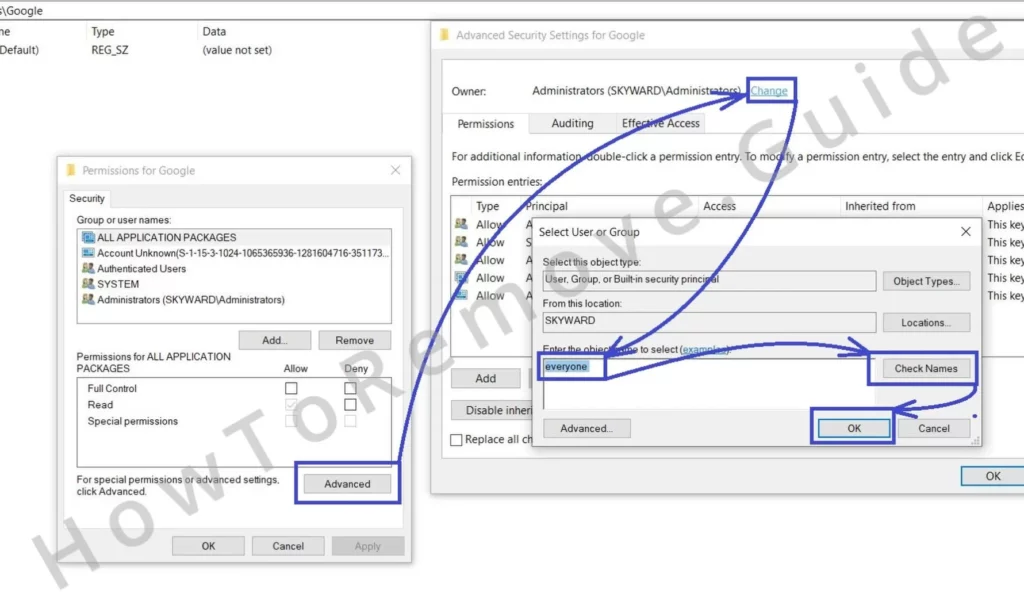
You’ll now have access to the key you want to delete.
Additional Policy Deletion Methods
If the rogue “Managed by your organization” policy isn’t gone after the registry cleanup, here’s what else you can do:
In the Start Menu, search for and open the Group Policy Editor. Navigate to Administrative Templates under Computer Configuration and right-click its entry.
Click on Add/Remove Templates and delete all items from the following list.
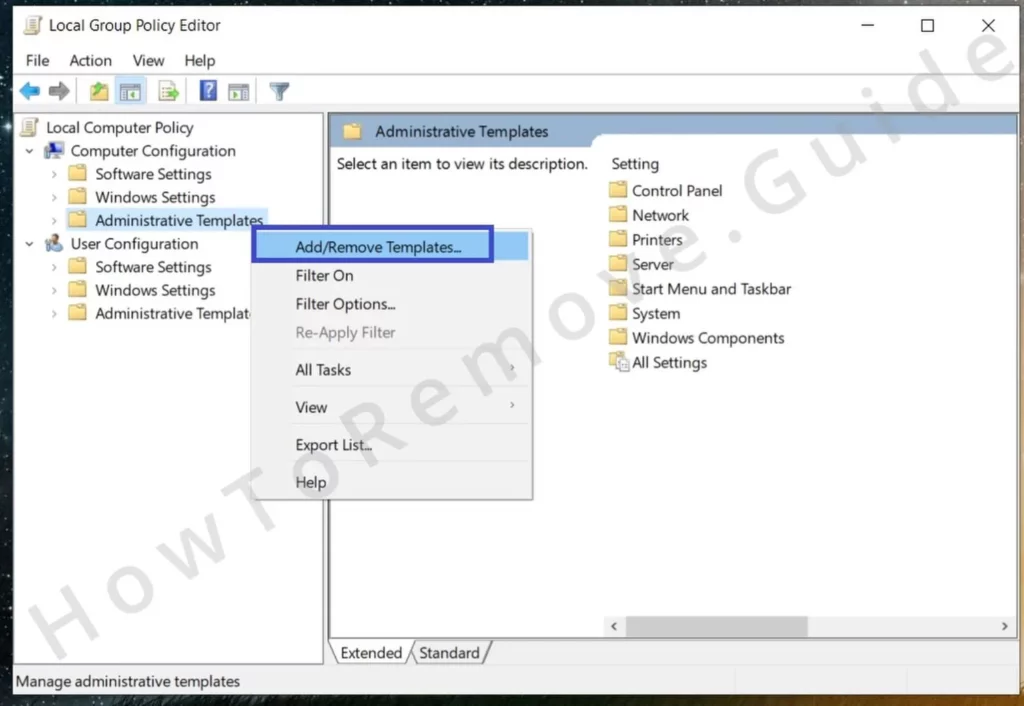
For Chrome users, an additional tool exists. The Chrome Policy Remover is a free utility designed specifically for this purpose. Download it and run it with administrative privileges. Ignore any warnings from Windows; this tool is safe. If a warning appears, just click More Info and you’ll get the option to run the tool.
The app automatically executes a policy-deletion script for Chrome once it’s started. After the script is executed, close the tool. No more Chrome policies should be left in the browser.
How to Uninstall the Chance Encounter Line Virus Extension
Once the rogue policies are removed, return to the Extensions Manager. Extensions that resisted removal before should now be deleted without issue. Hit the “Remove” button.
Afterward, clean your browser’s data. Go to the Privacy and Security settings and click Delete browsing data. Choose to clear all browsing data except for saved passwords for a date range before the hijacker first started nagging you.
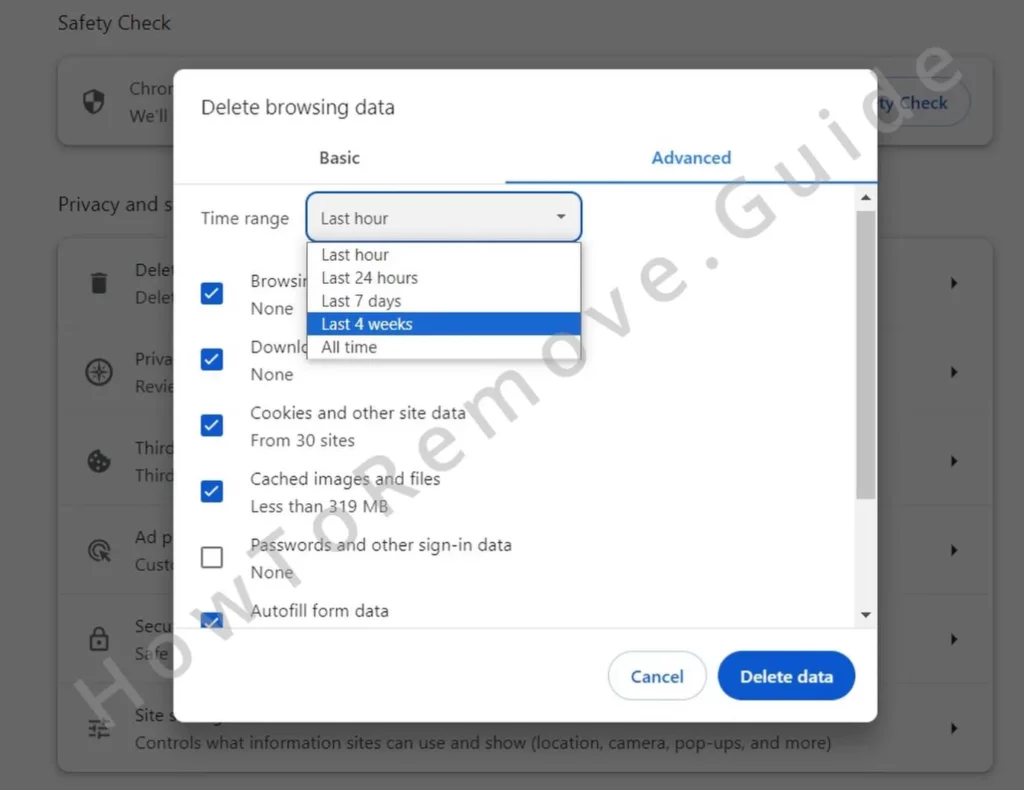
Go further by checking your Site Settings. Hijackers sometimes insert suspicious URLs under permissions. Check each permission type for chanceencounterline.click or any other suspicious URLs. Remove the unwanted URLs from the Allow section or, better yet, add them to the Blocked section.
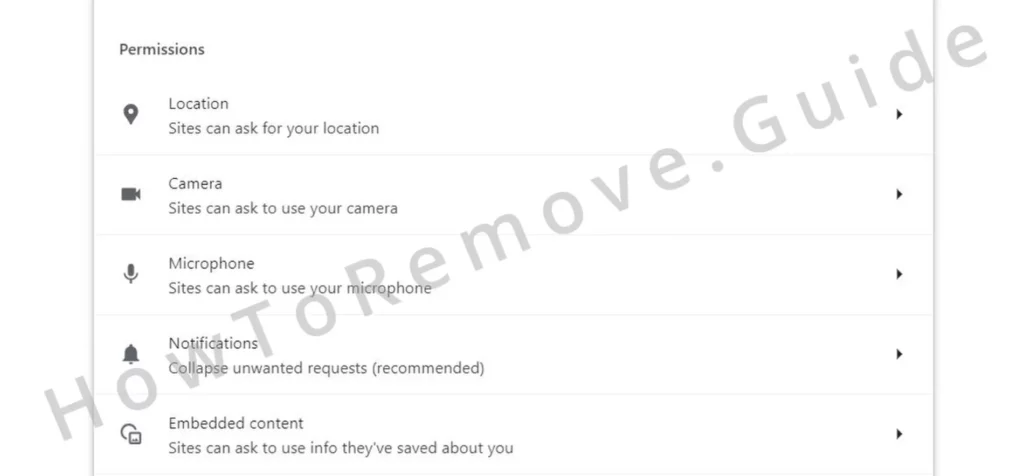
Check your default search engine as well and set it to something reliable. Then delete any strange entries Chance Encounter Line may have added to the Manage Search Engine section.

Look over your browser’s On Startup and Appearance settings. Hijackers commonly add rogue URLs here. Set them back to your preferred options.
After these last steps are performed, we are confident that the Chanceencounterline virus should cease its popup spam and you should no longer be getting bothered by its attempts to scam you.

Leave a Reply